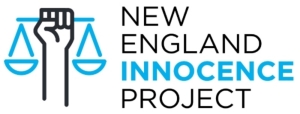
Cell-Free Circulating Tumor DNA
Image: nature.com
Accomplished researcher Madhu Kumar has contributed to recent developments in cancer screening and diagnostics. Madhu Kumar’s work centers on cancer therapy and the applications of DNA in cancer identification.
Researchers have been in pursuit of a reliable cancer biomarker for many years. The variable and mutative nature of cancer made this difficult until a few years ago. Now, scientists are using DNA from tumors to help identify the presence of cancer faster.
As tumor cells naturally die off, they release bits of their DNA into the patient’s bloodstream. These pieces are known as cell-free circulating tumor DNA, or ctDNA. These particles make it easier to find cancer even when a biopsy is not practical.
Scientists first looked at 187 patients who had 17 different varieties of cancer. In addition to finding ctDNA mutations in some patients’ blood, researchers discovered that there is a correlation between cancer stage and ctDNA concentration. This suggests that ctDNA testing can help screen for cancer at any stage, and could help physicians monitor tumors throughout treatment.

